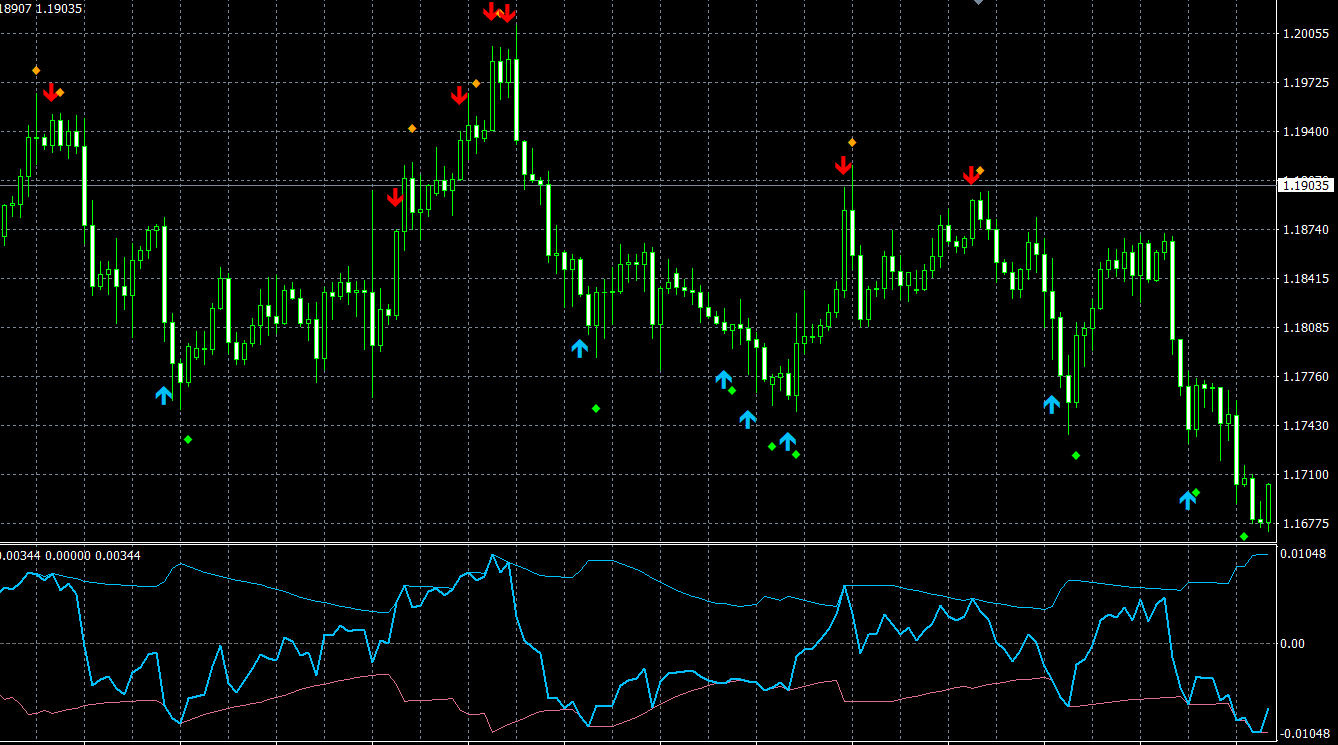Forex trading is the process of buying and selling currencies in the global market. Traders use various strategies to capitalize on the fluctuating exchange rates and generate profits. One of these strategies is position trading, which has gained popularity among traders for its potential to generate significant returns over time. This article explores the concept of forex position trading, its benefits and drawbacks, and the main strategies used by position traders.
What is Forex Position Trading?
Forex position trading is a long-term trading strategy where traders hold their positions for an extended period, ranging from several weeks to months or even years. Position traders aim to profit from large, long-term price movements in the forex market. They rely on a combination of fundamental and technical analysis to identify trends and potential entry and exit points. The primary goal of position trading is to identify and capitalize on long-lasting trends that can generate significant profits.
Benefits of Forex Position Trading
- Reduced stress: Since position trading involves holding positions for an extended period, traders are less affected by short-term market fluctuations and noise. This can lead to reduced stress and anxiety compared to day trading or swing trading, where positions are held for shorter durations.
- Less time-consuming: Position trading does not require constant monitoring of the market or frequent adjustments to trades. Traders can set their positions and let them run, freeing up time to focus on other activities or explore additional trading opportunities.
- Lower transaction costs: As position traders hold their positions for a longer period and make fewer trades compared to other trading styles, the overall transaction costs, including spreads and commissions, tend to be lower.
- Potential for significant returns: Position traders have the potential to capture large price movements, leading to potentially higher returns than other trading styles that focus on smaller price fluctuations.
Drawbacks of Forex Position Trading
- Capital commitment: Position trading often requires a larger initial capital commitment, as traders need to withstand potential short-term fluctuations and maintain their positions for an extended period.
- Reduced flexibility: Since positions are held for an extended duration, position traders may miss out on short-term trading opportunities that could arise in the market.
- Longer time horizon: The long-term nature of position trading means that traders may have to wait for an extended period before seeing significant returns on their investments.
Main Position Trading Strategies
Position traders utilize a variety of strategies to identify and capitalize on long-lasting trends in the forex market. Some of the main position trading strategies include:
- Fundamental Analysis
Fundamental analysis plays a crucial role in position trading, as it allows traders to assess the underlying factors that influence currency values, such as economic indicators, geopolitical events, and monetary policies. By analyzing these factors, position traders can identify long-term trends and potential entry and exit points for their trades. For example, a trader might analyze the interest rate policies of two countries and decide to buy a currency with a higher interest rate, anticipating that it will appreciate over time.
- Technical Analysis
While position traders primarily rely on fundamental analysis, technical analysis can also be employed to identify trends and potential trade setups. Common technical tools used by position traders include trend lines, moving averages, and support and resistance levels. By combining fundamental and technical analysis, position traders can increase their chances of identifying profitable trading opportunities.
- Breakout Trading
Breakout trading is a strategy in which position traders enter the market when the price breaks through a predetermined support or resistance level. This is often a signal that a significant price movement is about to occur, and the trader aims to capitalize on the ensuing trend. Stop-loss orders are typically placed just beyond the broken support or resistance level to manage risk.
- Carry Trade
The carry trade is a popular position trading strategy in which a trader borrows a currency with a low-interest rate and uses the funds to purchase a currency with a higher interest rate. The difference between the interest rates is known as the “carry,” and traders aim to profit from this difference. The carry trade can be especially profitable when the higher-yielding currency appreciates against the lower-yielding currency over time.
- Trading with the Trend
Position traders often look for opportunities to trade with the trend, believing that the current trend is likely to continue for an extended period. To identify the trend, they can use various technical indicators, such as moving averages, trend lines, and the ADX (Average Directional Index). Once the trend is established, traders will look for potential entry points, such as retracements or pullbacks, to enter the market in the direction of the trend.
- Diversification and Portfolio Management
In position trading, diversification is crucial to managing risk and ensuring consistent returns. Instead of focusing on a single currency pair, position traders can spread their investments across various currency pairs and timeframes, aiming to reduce the impact of negative market movements on their portfolio. Additionally, they can incorporate other asset classes, such as stocks or commodities, to further diversify their portfolio and mitigate risk.
- Risk Management
Proper risk management is essential in position trading, as it helps traders minimize potential losses and protect their capital. Key risk management tools include setting stop-loss orders, employing trailing stops, and managing position sizes. By implementing effective risk management strategies, position traders can mitigate the risks associated with holding positions for an extended period.
Conclusion
Forex position trading is a long-term trading strategy that has the potential to generate significant returns for traders willing to hold their positions for an extended duration. By combining fundamental and technical analysis, position traders can identify long-lasting trends and capitalize on large price movements in the forex market. The main position trading strategies, such as fundamental analysis, breakout trading, carry trade, and trading with the trend, can provide traders with ample opportunities to profit from the forex market.
However, position trading also comes with its share of challenges, such as the need for a larger capital commitment, reduced flexibility, and longer time horizons. By implementing effective risk management strategies and diversifying their portfolios, position traders can mitigate these risks and increase their chances of success.
As with any trading style, mastering the art of position trading takes time, practice, and patience. By understanding the principles of position trading and utilizing the main strategies, traders can improve their chances of achieving consistent, long-term success in the forex market.



